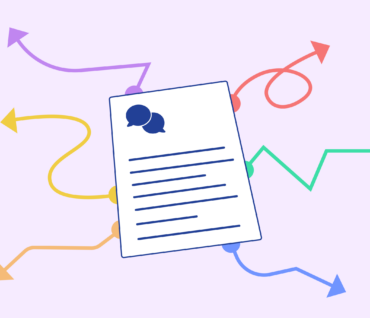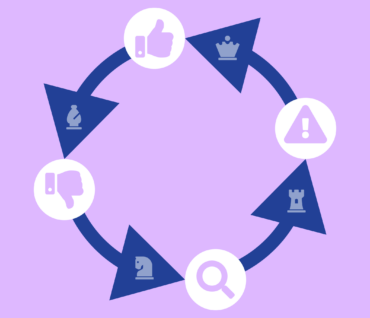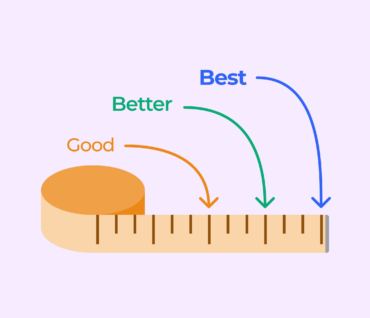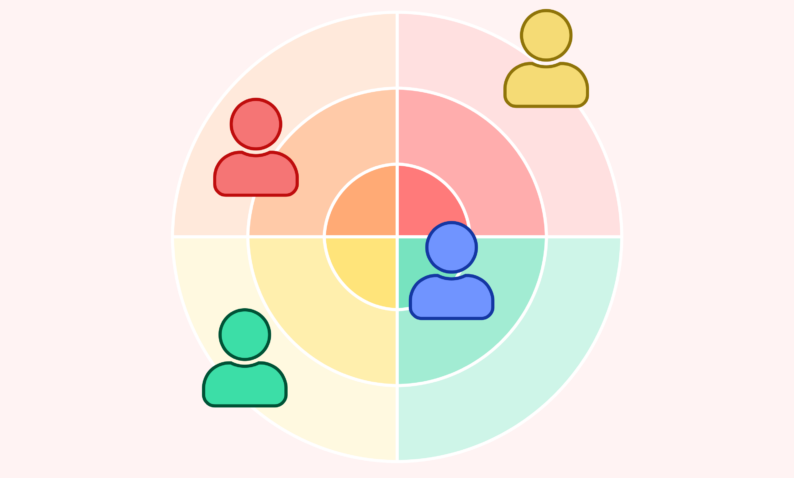
Get Started
Graphite's supplier management tool helps you onboard faster, cut time on risk reviews and streamline supplier validations. Save time and money.
June 27 2023
What is Stakeholder Mapping & How to Make a Stakeholder Map
Most procurement projects involve many different stakeholders. Engaging and collaborating effectively with these critical partners can help you generate value in several ways, from finding cost-saving opportunities and negotiating better terms to improving risk management and stimulating supplier innovation. Using stakeholder mapping, you can gain valuable insights into their unique perspectives, needs, and influence on the project. You can then tailor your communication and management strategies for better engagement throughout the project’s lifecycle.
What Is Stakeholder Mapping?
Let’s start with the definition of stakeholder mapping. Stakeholder mapping is a process through which an organization or manager identifies, analyzes, and categorizes individuals, groups, or companies involved in a project to ensure better efficiency and returns.
If you’re involved in procurement, this will automatically make you wonder whether you should see suppliers as stakeholders in addition to your internal business stakeholders across departments. So, that’s the next question we’ll tackle.
Are Suppliers Stakeholders?
Suppliers influence any project greatly. Indirectly and directly, they’re responsible for a project being on schedule or delayed, for a project being finished within budget or with cost overruns, and even for the overall quality of a project. Therefore, a supplier is an external stakeholder that should always be incorporated into any stakeholder mapping process.
How to Do Stakeholder Mapping in 7 Steps
So, now that we’ve identified that suppliers are stakeholders too, we can dive into how to make a stakeholder map. There are layers to stakeholder mapping. It begins with identifying stakeholders and their level of involvement in a project, before analyzing, categorizing, and prioritizing them based on their importance.
You, of course, have to find ways of engaging and encouraging stakeholders in all categories and then evaluate and monitor the performance of those strategies.
Here’s a step-by-step process on how to do stakeholder mapping that will help you identify and prioritize critical stakeholders based on their level of interest, influence, and importance.
Here’s a quick, step-by-step guide to stakeholder mapping:
Step 1: Identify Stakeholders
Create a list of all the individuals, groups, or organizations interested in the project or that can influence its outcome. This can include internal stakeholders (employees, executives, and departments) and external stakeholders (customers, suppliers, regulators, and community groups).
Step 2: Determine Stakeholder Criteria
Define the criteria you will use to assess stakeholders for your stakeholder map. The most common criteria include a level of interest in the project, influence or power to impact the project’s success, and importance or relevance to the project’s objectives:
Step 3: Start Mapping Stakeholders
Create a stakeholder matrix or another visual representation of stakeholders based on your assessment of their level of interest and influence. The horizontal axis represents the level of influence or power of stakeholders, ranging from low to high. The vertical axis represents stakeholders’ level of interest or involvement in the project or initiative, ranging from low to high.
See the stakeholder mapping grid with stakeholder categories below:
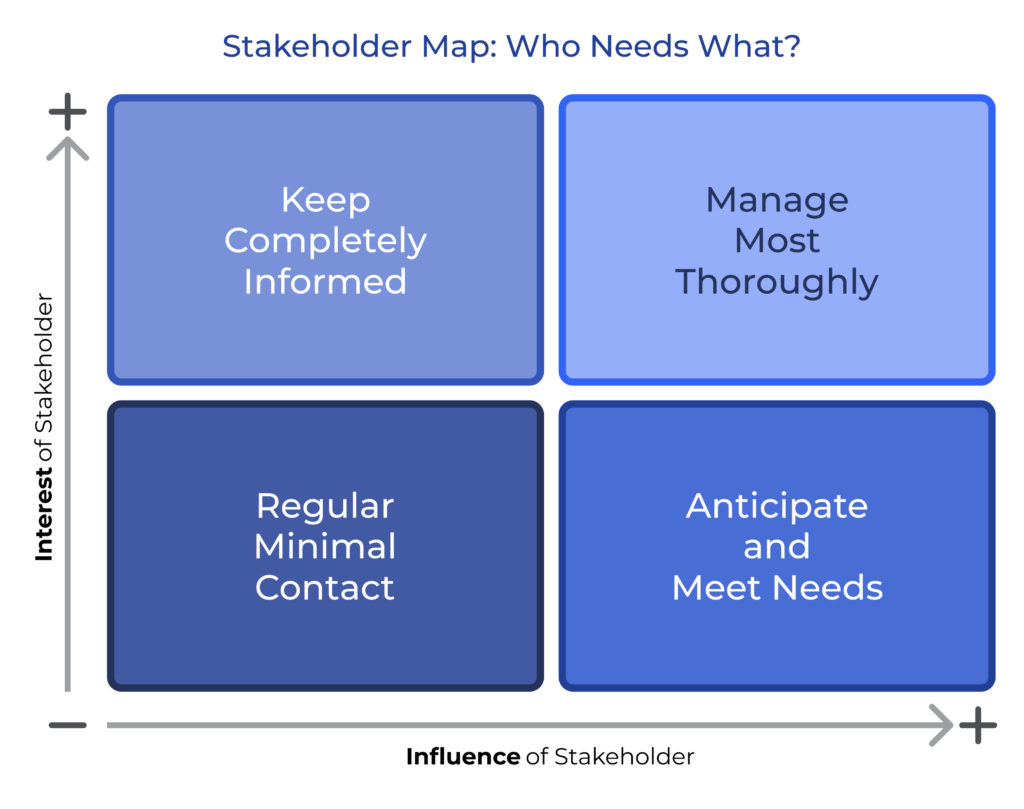
Step 4: Analyze Stakeholder Categories
Analyze your stakeholder map to identify different categories or groups. Common ones may include key stakeholders (high influence, high interest), supporters (high interest, low influence), influencers (high influence, low interest), and others based on their specific characteristics.
Step 5: Prioritize Stakeholders
Determine the importance or priority of each stakeholder category. Prioritization helps you allocate resources and focus your engagement efforts on critical partners with the most significant impact or influence on the project’s success.
Step 6: Develop Stakeholder Engagement Strategies
Based on your mapping analysis, develop tailored strategies to effectively engage and communicate with each stakeholder category. Consider their interests, concerns, and communication preferences to establish positive relationships, manage expectations, and address their needs.
Step 7: Conduct Stakeholder Mapping Analysis and Update Regularly
Stakeholders’ interests and influence can change over time. It’s essential to regularly review and make updates as the project progresses or circumstances change. Regularly reassess stakeholder interests, influence, and importance to ensure your engagement strategies remain relevant and effective.
Stakeholder mapping is a valuable tool that can help you improve the chances of success of your project or initiative. By taking the time to identify, assess, and categorize your stakeholders, you can develop better engagement strategies that help you build greater support and achieve business objectives.
Typically, a stakeholder mapping process is extremely detailed and evolved. There are multiple steps involved as you saw above and a wide array of variables analyzed. Further, there are steps within each of the steps depending upon the size of the project in question.
While all stakeholder maps have similarities, it is also important to recognize that each stakeholder mapping process is distinct because each project has its unique needs and requirements. However, if you follow the steps described above on how to create a stakeholder map, you should end up making one that will boost your project greatly.
Ready to Learn More?
To learn more about supplier-managed data, effective supplier information management, and more, schedule a time to meet with one of our experts.
Request a Demo

